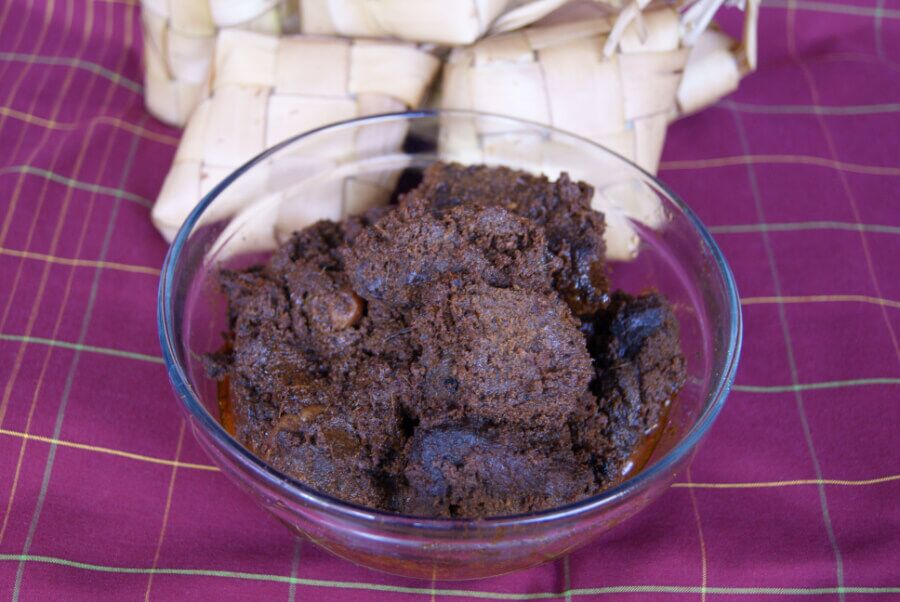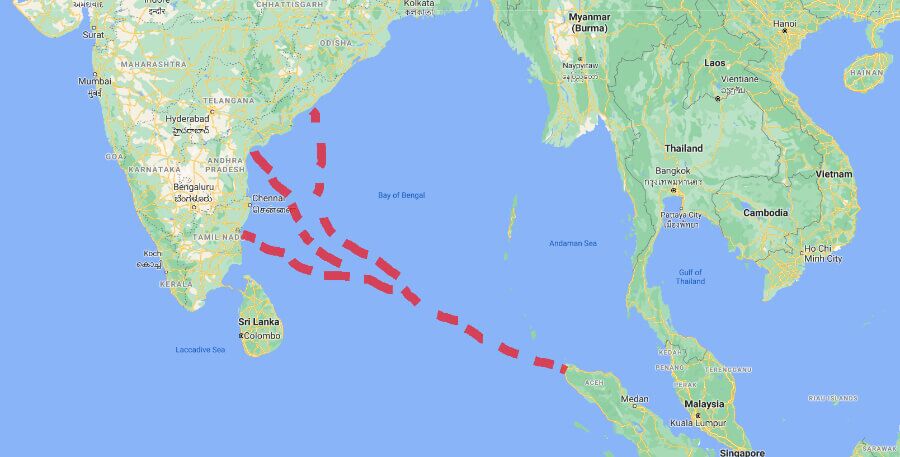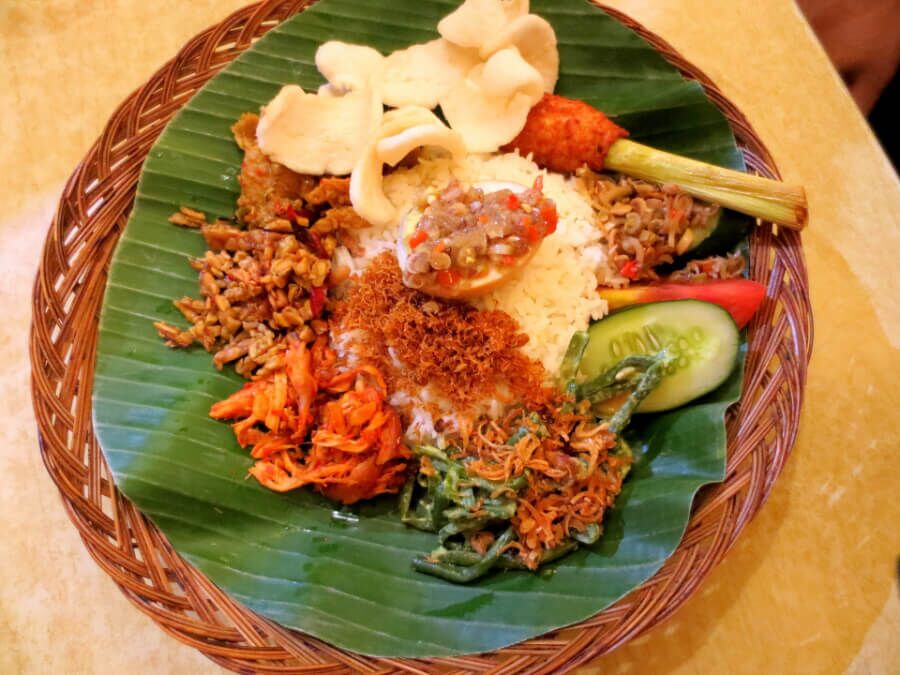How did Padang cuisine take over Indonesia?
Spicy Adventures
Your cart is empty.
SUBTOTAL
£0.00

Spicy Adventures
If you’re travelling through Indonesia, island hopping by bus, train, plane, ferry or however else you can imagine moving around, we challenge you to travel more than five minutes without passing a ‘warung’ on the side of the road. Warungs are small, humble family-owned restaurants often set up on the side of the road and inside, you’ll find all kinds of incredible Indonesian cuisine. The chances are that in some shape or form, this cuisine has been influenced by Padang.
Whether it’s crispy ayam bakar (grilled spicy chicken), heart-warming soto (traditional chicken soup) or mouth watering beef rendang (yes, please), a vast array of dishes on offer throughout Indonesia have their roots in just one tiny corner of the world’s largest archipelago. So, just what is Padang cuisine and how has it come to take over Indonesia?

Firstly, let’s start with defining what Padang cuisine is. Padang cuisine refers to the culinary traditions of the Minangkabau people of Western Sumatra. It’s here that you’ll find the city of Padang (hence the name). Interestingly, the Minangkabau people themselves prefer to use the term ‘Minang cuisine’ or ‘Minang food’. Regardless of whether you use this term or the more universal ‘Padang food’, it’s hard to disagree on just how delicious and popular this cuisine is.
It’s one of the most popular foods in the whole of Maritime Southeast Asia (which gives you a clue as to how it spread so far) and you’ll find it not just throughout Indonesia but Malaysia and Singapore too.
Geography lessons done, what exactly is Padang food known for? It’s probably most famous for its spice (we love spice here!) and coconut milk. Roughly speaking, the three main elements are gulai (curry), cabai (chili pepper) and nasi (rice). Once the warung owner (typically an Indonesian Ibu (mother)) has loaded up your rice, you’ll find that your buffet options most often look something like the following:
This is just a small glance at what’s available to you and the truth is, we could go on for a long time listing everything…
Ultimately, that’s part of the fun of Padang cuisine! You never know what’s going to be available to you when you walk into a warung.
So, how did this delicious cuisine spread all over such a vast nation? Well…perhaps because it’s delicious! Aside from that, there are a few key factors involved in this.
Firstly, we touched on this in our article looking at the origins of beef rendang.For millennium, traders from India and the Middle East have been sailing across the Bay of Bengal using well-known trade routes that up part of the maritime Silk Road. It was very natural for them to stop in North West Sumatra as this was the first land after leaving Indian ports. With them, they brought their religion and their cuisine.

It doesn’t take a Sherlock Holmes to identify that there is very close similarity between the curries of Northern India and the gulai so famously associated with the Minangkabau people. The clue is in the coconut milk and generous use of intense spice. So, as the traders continued along the Silk Road routes around the archipelago, it’s very plausible that they would have introduced other tribes and islands to their curries and perhaps laid the groundwork for people enjoying Padang food.
And that is the key here. Padang cuisine has taken over Indonesia because it’s a maritime nation. As traders and their cargo sailed from port to port, island to island, they took with them and spread the food. The Minangkabau people in particular were renowned travellers. Even to this day, it’s very normal for Minangkabau people to leave their hometowns in North West Sumatra, fly to completely different parts of Indonesia and set up their new warung business. It’s in their blood and always has been.
This is further reflected in the fact that Padang cuisine has not just spread throughout Indonesia but over to Malaysia and Singapore, too. The Minankabau people would have crossed the Malacca straits for trade purposes and no doubt took their food with them.

The last winning factor for Padang cuisine was that it met the dietary needs of muslims. Islam is the overwhelmingly predominant religion in Indonesia with the country having the largest muslim population in the world. Just as with the food, the religion of Islam was first introduced and spread throughout the archipelago via the maritime trade routes. Padang cuisine went hand in hand with this new religion as it rigorously follows halal dietary law.
All of these factors combined to take Padang from one small, quiet corner of North West Sumatra to the masses, right across Indonesia, Malaysia, Singapore and beyond. We think it’s criminally underrated, being right up there with the best cuisine in the world. Next time you’re passing through Indonesia or if you happen to live in a city where an Indonesian restaurant resides, give it a go. You won’t be disappointed.

Understanding Spices
Spices have long been integral to the UK's culinary landscape, adding depth, flavours, and richness to a myriad of dishes. From the pungent aroma of cumin in Indian curries to...
Read MoreUnderstanding Spices
Confetti is an essential part of any wedding day. Not only is it a wonderful way to greet a newlywed couple, but it also provides some beautiful photo opportunities. The...
Read MoreSeasonal Ideas
It’s no secret that any handmade gift will always be more special than a store-bought one. Homemade food gifts are especially wonderful, a labour of love that shows someone you...
Read MoreHealth and Wellbeing
It’s no secret that winter’s cold and gloomy weather makes us crave indulgent dishes like fondue and baked goods like sticky toffee pudding and apple crumble. While Christmas is the...
Read More